
Find Help
More Items From Ergsy search
-

What are the symptoms of deep vein thrombosis (DVT)?
Relevance: 100%
-
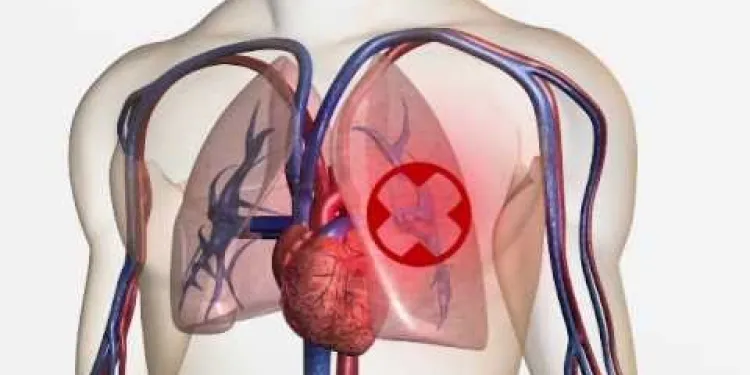
A guide to hospital-acquired deep vein thrombosis and pulmonary embolism
Relevance: 78%
-
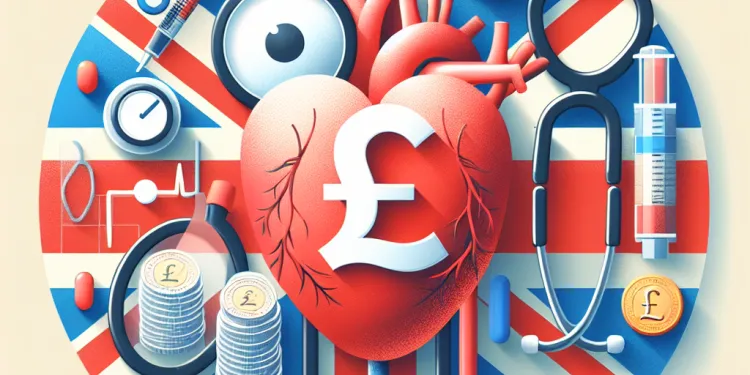
What are the types of thrombosis?
Relevance: 63%
-

What is thrombosis?
Relevance: 59%
-

How is thrombosis diagnosed?
Relevance: 47%
-
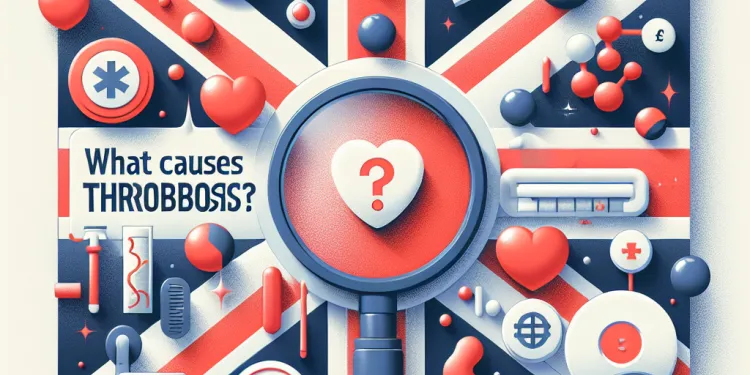
What causes thrombosis?
Relevance: 40%
-

What are the risk factors for thrombosis?
Relevance: 38%
-
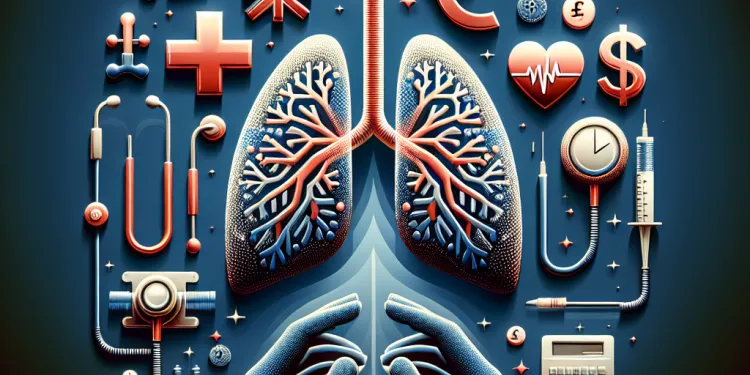
What is a pulmonary embolism?
Relevance: 37%
-
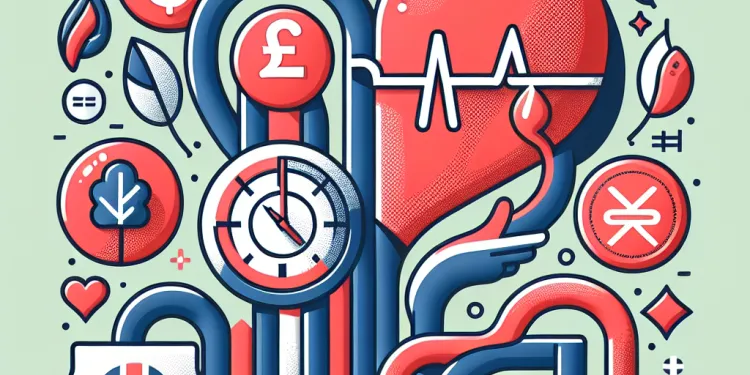
What are the symptoms of arterial thrombosis?
Relevance: 35%
-
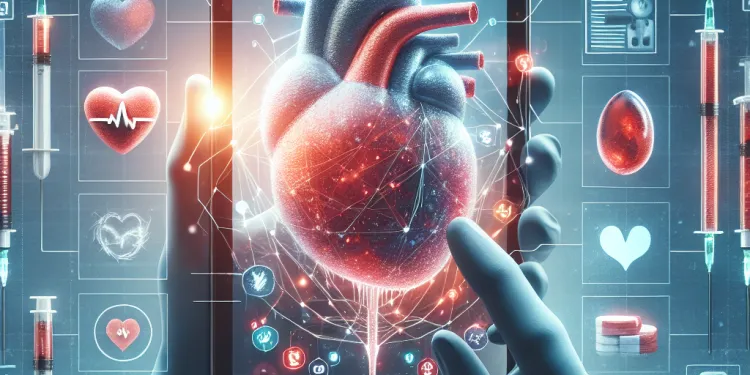
How is thrombosis treated?
Relevance: 35%
-

Why is thrombosis dangerous?
Relevance: 32%
-
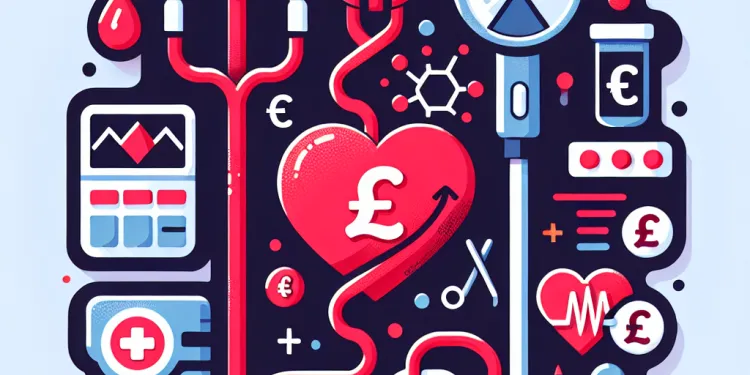
Is thrombosis a common condition?
Relevance: 31%
-

Who is at higher risk for thrombosis?
Relevance: 27%
-
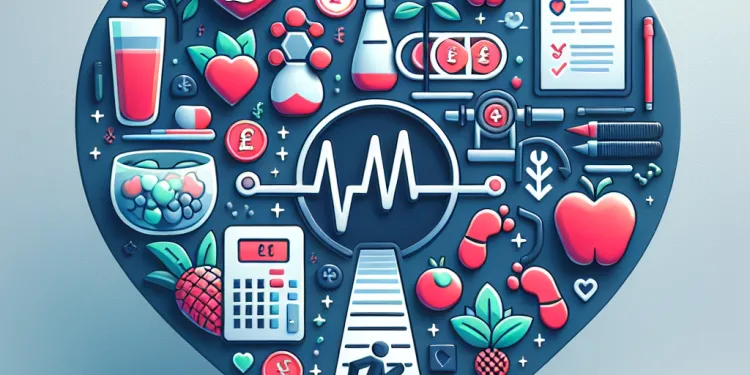
What lifestyle changes can help manage thrombosis risk?
Relevance: 25%
-
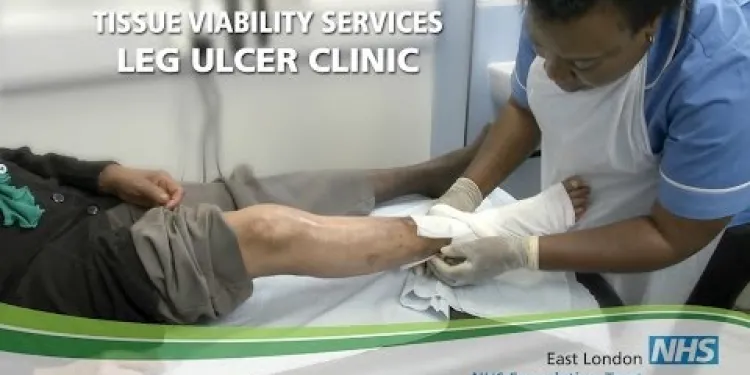
Leg ulcer see Venous leg ulcer
Relevance: 22%
-
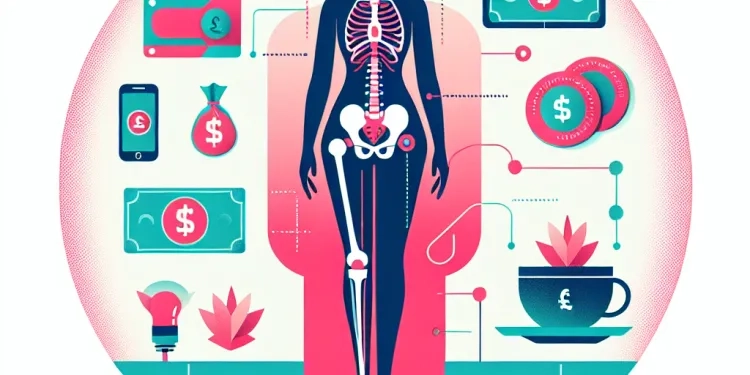
What are the risks associated with hip replacement surgery?
Relevance: 15%
-

Can stress cause asthma symptoms?
Relevance: 13%
-
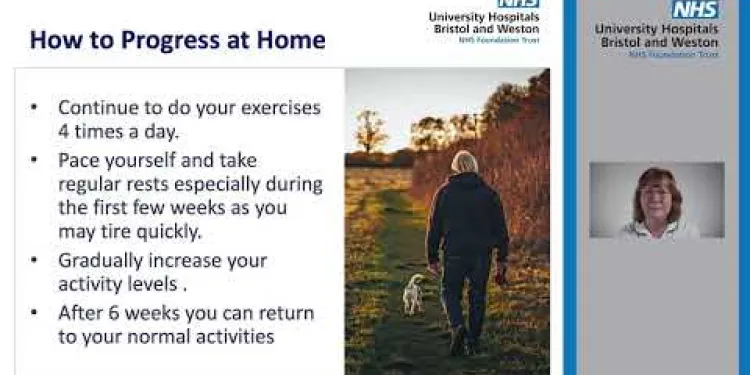
Enhanced Recovery - Hip
Relevance: 13%
-

What to do about red legs
Relevance: 12%
-

2 episodes of cellulitis and been given antibiotics but the redness doesn't seem to be improving?
Relevance: 12%
-

Can thrombosis be prevented?
Relevance: 12%
-

Can thrombosis recur?
Relevance: 12%
-
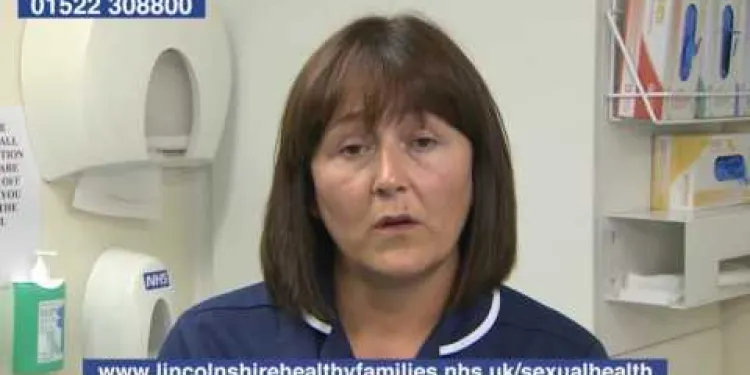
The symptoms of gonorrhoea
Relevance: 12%
-

What are the symptoms of norovirus?
Relevance: 11%
-

What are the symptoms of Rubella?
Relevance: 11%
-

Are there symptoms of an HPV infection?
Relevance: 11%
-

Symptoms of coeliac disease
Relevance: 11%
-

What are the symptoms of measles?
Relevance: 11%
-

What are the symptoms of measles?
Relevance: 11%
-

What are the symptoms of chickenpox?
Relevance: 11%
-
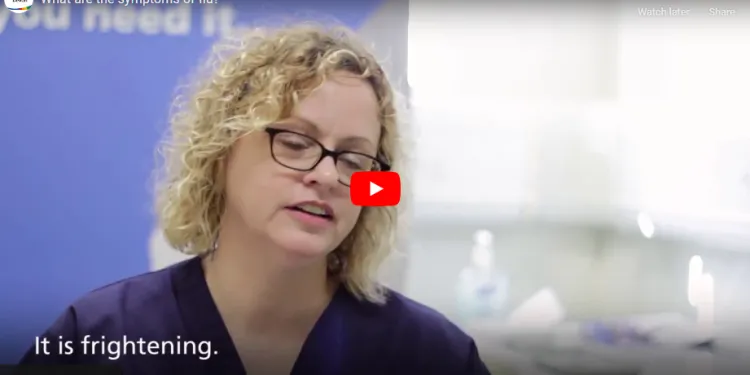
What are the symptoms of flu ?
Relevance: 11%
-

What are the symptoms of sunburn?
Relevance: 11%
-
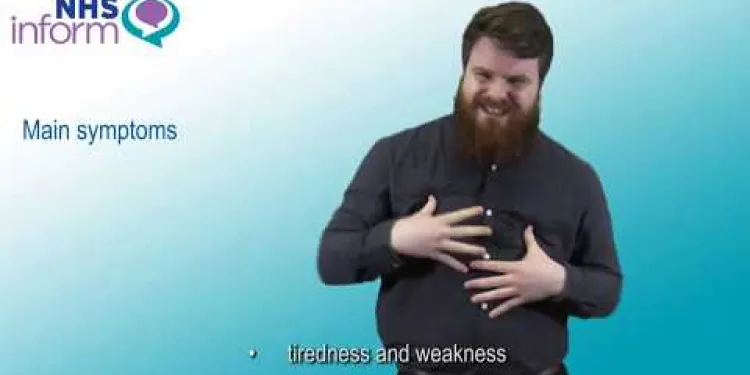
Symptoms of flu (influenza)
Relevance: 11%
-
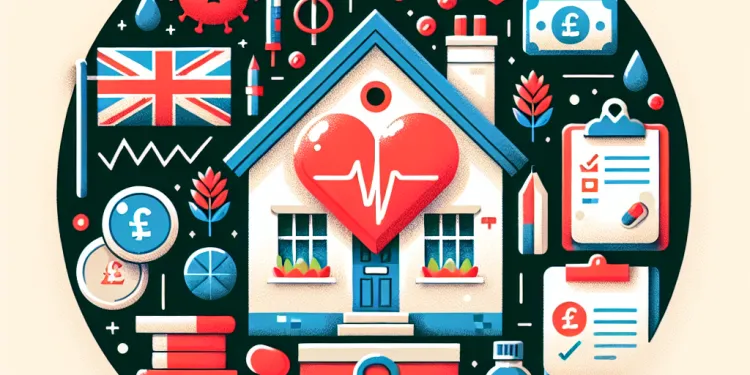
What are the symptoms of shingles?
Relevance: 11%
-

Is headache a symptom of a concussion?
Relevance: 11%
-

Dyspraxia Symptoms & Signs
Relevance: 10%
-

What are the symptoms of a nut allergy?
Relevance: 10%
-
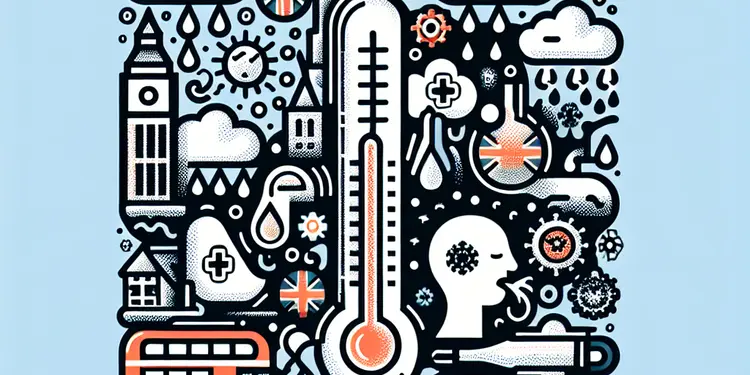
What are the symptoms of H3N2 flu?
Relevance: 10%
-

What are the symptoms of Zika virus?
Relevance: 10%
-

What are the symptoms of long covid?
Relevance: 10%
What is Deep Vein Thrombosis (DVT)?
Deep vein thrombosis (DVT) is a medical condition where a blood clot forms in a deep vein, commonly in the legs. This condition can cause serious complications if the clot dislodges and travels to the lungs, leading to a pulmonary embolism. Recognizing the symptoms of DVT is crucial for early diagnosis and treatment, preventing severe health issues.
Common Symptoms of DVT
The symptoms of deep vein thrombosis can vary from person to person, and some individuals may experience few or no noticeable symptoms. However, when symptoms do occur, they typically develop in the affected leg.
Swelling
One of the most common symptoms of DVT is swelling in one leg, particularly in the calf or thigh. This swelling occurs due to the obstructed blood flow caused by the clot within the vein. In some cases, swelling can happen in both legs, but this is less common.
Pain or Tenderness
Another frequent symptom is pain or tenderness in the affected leg. This discomfort often begins in the calf muscle and can feel like cramping or soreness. The pain may be more noticeable when standing or walking and can vary in intensity.
Warmth
The area surrounding the clot may feel warm to the touch. This is due to the inflammation caused by the increased pressure within the vein as blood attempts to bypass the blockage.
Redness or Discolouration
Redness or noticeable changes in the colour of the skin, particularly over the area of the clot, can be a visible indication of DVT. The skin may appear reddish or bluish and can be a critical visual cue prompting medical evaluation.
Engorged Surface Veins
Sometimes, surface veins near the affected area become more prominent or engorged due to the additional pressure and rerouting of blood flow around the blocked vein. This symptom can be observed as raised veins visible under the skin.
Additional Symptoms and Considerations
In some cases, especially if the clot is located in veins of the pelvis or thigh, symptoms might extend beyond the leg. Individuals might experience a heavy sensation in the leg, fatigue, or an unexplained feeling of fullness in the leg. It's important to note that experiencing one or more of these symptoms does not confirm a DVT diagnosis, and seeking medical advice promptly is essential for proper evaluation and management.
Conclusion
Recognising the symptoms of deep vein thrombosis is critical for seeking timely medical attention. If you notice signs like leg swelling, pain, warmth, redness, or visible vein engorgement, consult with a healthcare professional. Early diagnosis and treatment can significantly reduce the risk of complications, ensuring better health outcomes.
What is Deep Vein Thrombosis (DVT)?
Deep vein thrombosis, or DVT, happens when a blood clot forms in a deep vein in your body. It usually happens in the legs. If the clot moves to the lungs, it can cause a serious problem called a pulmonary embolism. It is important to know the signs of DVT so you can get help early and avoid health problems.
Common Symptoms of DVT
DVT symptoms can be different for each person. Some people might not notice any signs. But usually, if there are symptoms, they happen in the leg with the clot.
Swelling
DVT often causes swelling in one leg, especially around the calf or thigh. This happens because the clot blocks blood flow. Sometimes, both legs can swell, but this is not as common.
Pain or Tenderness
You might feel pain or soreness in the leg with the clot. This usually starts in the calf muscle and can feel like cramping or aching. The pain might be worse when you stand or walk.
Warmth
The skin near the clot can feel warm to touch. This is because the clot makes the area swollen and inflamed.
Redness or Discolouration
The skin over the clot might change color. It can look red or bluish. If you see these changes, you should get it checked by a doctor.
Engorged Surface Veins
Sometimes, the veins near the clot become bigger and you can see them under the skin. This happens because the blood needs to find another way around the clot.
Additional Symptoms and Considerations
If the clot is in the pelvis or thigh, you might feel a heavy feeling in your leg or get tired easily. You might also feel that your leg is full for no reason. But having these signs does not always mean you have DVT. It is important to see a doctor to find out what's wrong.
Conclusion
Knowing the signs of DVT is very important. If your leg swells, feels sore, warm, changes color, or veins appear bigger, see a doctor. Getting help early can stop serious problems and keep you healthy.
Frequently Asked Questions
What is deep vein thrombosis (DVT)?
Deep vein thrombosis (DVT) is a condition where a blood clot forms in a deep vein, typically in the legs.
What are typical symptoms of DVT?
Typical symptoms of DVT include swelling, pain, redness, and warmth in the affected leg.
Can DVT occur without any symptoms?
Yes, sometimes DVT may not cause any noticeable symptoms.
How does leg pain from DVT feel?
Leg pain from DVT can feel like cramping or soreness, often in the calf or thigh.
Why is swelling a symptom of DVT?
Swelling occurs because a blood clot in the vein can block blood flow, causing fluid to build up in the tissue.
What does redness on the skin mean in DVT?
Redness may indicate inflammation or infection associated with the blood clot.
Is warmth a common symptom of DVT?
Yes, warmth over the affected area is common as the skin temperature may increase due to inflammation.
Can DVT cause a change in skin color?
Yes, the skin over the clot may appear discolored, often bluish or whitish.
What should I do if I suspect I have DVT symptoms?
You should seek medical attention immediately if you suspect DVT, as it can lead to serious complications.
Does DVT affect one or both legs?
DVT usually affects one leg, but in rare cases, it can occur in both.
How does chronic venous insufficiency relate to DVT?
Chronic venous insufficiency can be a complication or result from DVT causing damage to veins.
Can DVT cause ulcers?
Yes, chronic DVT can lead to venous insufficiency which might cause ulcers.
What is post-thrombotic syndrome?
It is a complication of DVT characterized by pain, swelling, and skin changes in the affected leg after treatment.
How quickly do DVT symptoms appear?
DVT symptoms can develop suddenly or gradually over a few days.
What risk factors increase the likelihood of DVT?
Risk factors include prolonged immobility, surgery, certain genetic conditions, and cancer, among others.
Can DVT lead to other complications?
Yes, if a clot breaks loose, it can travel to the lungs causing a pulmonary embolism, a life-threatening condition.
Is shortness of breath a symptom of DVT?
Shortness of breath is not a symptom of DVT but could indicate a pulmonary embolism, which is a complication.
Can DVT recur?
Yes, once you've had DVT, you have an increased risk of developing another.
Is there a way to prevent DVT symptoms?
Preventive measures include regular exercise, staying hydrated, and avoiding prolonged periods of immobility.
When is medical intervention necessary for DVT?
Immediate medical intervention is necessary if you suspect DVT to prevent serious complications like pulmonary embolism.
What is Deep Vein Thrombosis (DVT)?
Deep Vein Thrombosis, or DVT, is when a blood clot forms in a vein deep inside your body. It usually happens in the leg. A blood clot is a clump of blood that gets thick and sticky.
Look out for swelling, pain, or red skin on your leg. If you think you have DVT, tell an adult you trust. They can help you see a doctor.
To make reading easier, you can:
- Use a ruler to help keep your place.
- Ask someone to read with you.
- Look up words you do not know together.
Deep vein thrombosis (DVT) is when a blood clot forms in a deep vein. This usually happens in the legs.
What are Common Signs of DVT?
DVT means "Deep Vein Thrombosis." It happens when a blood clot forms in a vein, usually in the leg.
Here are some common signs:
- Pain or swelling in one leg
- Skin feels warm in one area
- Red or discolored skin
- If you find it hard to breathe or have chest pain, tell an adult. This is serious.
If you think you have DVT, talk to a doctor right away.
Here are some things that can help:
- Use pictures to understand better
- Ask someone to read with you
- Take notes or highlight important parts
Signs of DVT can be:
- Your leg gets bigger (swelling).
- Your leg hurts (pain).
- Your leg turns red.
- Your leg feels warm.
Can you have DVT with no signs?
Sometimes, DVT does not show any clear signs.
What does leg pain from DVT feel like?
If you have DVT, your leg might hurt. DVT stands for Deep Vein Thrombosis. It is a blood clot in your leg. The leg can feel sore, like a big bruise. You might also feel a cramp in your leg.
The leg may be red and swollen. It could feel warm when you touch it. Some people feel a heavy or tight feeling in their leg.
If you feel this pain, tell an adult or a doctor. You can use pictures or write down how it feels to help explain.
When you have DVT, your leg can hurt. It might feel like a cramp or be sore. This usually happens in your calf or thigh.
Why does swelling happen with DVT?
DVT means a blood clot in a deep vein.
Swelling happens because the blood can't move past the clot.
Your leg or arm might get bigger because of the trapped blood.
If you have swelling and worry about DVT, ask a doctor.
Pictures and apps can help understand more.
Swelling happens when a blood clot stops blood from flowing freely in the vein. This makes fluid collect in the tissue.
What does redness on the skin mean in DVT?
Sometimes the skin looks red. This can happen if you have DVT. DVT stands for deep vein thrombosis.
Here's what you can do:
- Talk to a doctor. They can check your skin.
- Ask about DVT and what to look out for.
- If the area is warm or hurts, make sure to tell someone.
You can also use pictures to help understand better.
Red skin might mean there is swelling or an infection because of a blood clot.
Does your leg feel warm if you have DVT?
If you have DVT, your leg might feel warm. DVT stands for Deep Vein Thrombosis. It means there's a blood clot in your leg. Your leg could also hurt and be swollen.
Tip: If your leg feels warm and you are worried, tell an adult or a doctor.
Yes, feeling warm on the sore spot is normal. The skin might get warmer because it is swollen or irritated.
Can DVT change skin color?
Yes, the skin over the clot can look different in color. It might look a bit blue or white.
What should I do if I think I have DVT signs?
If you feel pain or see swelling in your leg, tell an adult you trust. It might be important to see a doctor to check if you have DVT. DVT stands for Deep Vein Thrombosis, which means a blood clot in a leg vein.
You can use tools like pictures or videos to help explain what DVT is. A doctor can use tests to find out if you have it. Make sure not to wait too long to tell someone or see a doctor.
If you think you might have DVT, go to the doctor right away. It can cause big problems if you don't get help.
Can DVT hurt one leg or both legs?
DVT usually happens in one leg. Sometimes, but not often, it can happen in both legs.
How are Problems with Veins and DVT Connected?
Sometimes, veins in our legs don't work well. This is called a vein problem. DVT is a blood clot in a vein. Both can cause leg pain and swelling.
If you need help reading, you can use:
- Text-to-Speech tools to listen to the text.
- Reading pens to scan and read text aloud.
- Apps on tablets and phones that read text to you.
Sometimes, after having a blood clot in your legs called a DVT, your veins can get hurt. This can cause problems with how blood moves through your veins in your legs. When this happens, it is called chronic venous insufficiency.
Can DVT cause sores?
Deep vein thrombosis, or DVT, is a blood clot in a vein. It can sometimes cause sores on the skin. These sores are like open wounds.
If you have DVT, it's important to talk to a doctor. They can help you take care of your skin.
Here are some tips to help:
- Keep your skin clean.
- Wear special socks that help blood flow.
- Move your legs often to help the blood move.
Don't forget to ask a grown-up or a friend for help if you need it.
Yes, having DVT for a long time can cause blood flow problems. This might lead to sores on the skin.
What is Post-Thrombotic Syndrome?
Post-Thrombotic Syndrome is a problem that can happen after having a blood clot in your leg.
Your leg might hurt, swell, or change color.
Ways to help:
- Wear special tight socks called compression stockings.
- Move around a lot and do exercises.
- Put your leg up when sitting.
Talk to a doctor if you have questions.
Sometimes, after treating a blood clot in the leg, a person might have problems. The leg can hurt, swell up, and the skin can look different.
How fast do DVT signs show up?
Signs of DVT can start all of a sudden or slowly over a few days.
What makes DVT more likely?
Things that can make blood clots more likely are sitting still for a long time, having an operation, some health problems you get from your family, and having cancer, among other things.
Can DVT Cause Other Problems?
DVT stands for Deep Vein Thrombosis. It means a blood clot forms in a vein, often in the leg.
Yes, DVT can cause other problems if not treated. Here are some signs to watch for:
- Swelling in the leg
- Pain or tenderness in the leg
- Skin feeling warm
- Red or discolored skin
It's important to tell a doctor if you think you have DVT.
Helpful Tools:
- Ask someone you trust for help. They can explain things you don't understand.
- Use a picture dictionary to find the meaning of difficult words.
- Break down information into small parts and read one part at a time.
Yes, if a blood clot moves, it can go to the lungs. This can be very dangerous and is called a pulmonary embolism.
Can DVT make it hard to breathe?
Feeling out of breath is not a sign of a blood clot in the leg called DVT. But it might mean there is a problem with a clot in the lungs. This is called a pulmonary embolism. It can be serious.
Can DVT come back?
DVT stands for Deep Vein Thrombosis. It means a blood clot in a vein.
Yes, DVT can come back. This can happen if you have had DVT before.
If you want to lower the risk of DVT coming back, you can:
- Exercise often. Moving helps your blood flow.
- Take any medicine your doctor gives you. It can help prevent clots.
- Wear compression socks if your doctor says it's good for you.
If you have questions, ask your doctor or nurse. They can help.
Yes, if you have had DVT before, you might get it again.
How can I stop DVT symptoms?
To stay healthy, you can do three things:
1. Exercise often. This means moving your body and being active.
2. Drink lots of water. Staying hydrated is important.
3. Try not to sit still for a long time. Get up and move around.
When do you need a doctor for DVT?
If you think someone might have DVT, they need to see a doctor right away. This is important so they don’t get really sick.
Useful Links
- Ergsy carfully checks the information in the videos we provide here.
- Videos shown by Youtube after a video has completed, have NOT been reviewed by ERGSY.
- To view, click the arrow in centre of video.
- Most of the videos you find here will have subtitles and/or closed captions available.
- You may need to turn these on, and choose your preferred language.
- Go to the video you'd like to watch.
- If closed captions (CC) are available, settings will be visible on the bottom right of the video player.
- To turn on Captions, click settings .
- To turn off Captions, click settings again.
More Items From Ergsy search
-

What are the symptoms of deep vein thrombosis (DVT)?
Relevance: 100%
-

A guide to hospital-acquired deep vein thrombosis and pulmonary embolism
Relevance: 78%
-

What are the types of thrombosis?
Relevance: 63%
-

What is thrombosis?
Relevance: 59%
-

How is thrombosis diagnosed?
Relevance: 47%
-

What causes thrombosis?
Relevance: 40%
-

What are the risk factors for thrombosis?
Relevance: 38%
-

What is a pulmonary embolism?
Relevance: 37%
-

What are the symptoms of arterial thrombosis?
Relevance: 35%
-

How is thrombosis treated?
Relevance: 35%
-

Why is thrombosis dangerous?
Relevance: 32%
-

Is thrombosis a common condition?
Relevance: 31%
-

Who is at higher risk for thrombosis?
Relevance: 27%
-

What lifestyle changes can help manage thrombosis risk?
Relevance: 25%
-

Leg ulcer see Venous leg ulcer
Relevance: 22%
-

What are the risks associated with hip replacement surgery?
Relevance: 15%
-

Can stress cause asthma symptoms?
Relevance: 13%
-

Enhanced Recovery - Hip
Relevance: 13%
-

What to do about red legs
Relevance: 12%
-

2 episodes of cellulitis and been given antibiotics but the redness doesn't seem to be improving?
Relevance: 12%
-

Can thrombosis be prevented?
Relevance: 12%
-

Can thrombosis recur?
Relevance: 12%
-

The symptoms of gonorrhoea
Relevance: 12%
-

What are the symptoms of norovirus?
Relevance: 11%
-

What are the symptoms of Rubella?
Relevance: 11%
-

Are there symptoms of an HPV infection?
Relevance: 11%
-

Symptoms of coeliac disease
Relevance: 11%
-

What are the symptoms of measles?
Relevance: 11%
-

What are the symptoms of measles?
Relevance: 11%
-

What are the symptoms of chickenpox?
Relevance: 11%
-

What are the symptoms of flu ?
Relevance: 11%
-

What are the symptoms of sunburn?
Relevance: 11%
-

Symptoms of flu (influenza)
Relevance: 11%
-

What are the symptoms of shingles?
Relevance: 11%
-

Is headache a symptom of a concussion?
Relevance: 11%
-

Dyspraxia Symptoms & Signs
Relevance: 10%
-

What are the symptoms of a nut allergy?
Relevance: 10%
-

What are the symptoms of H3N2 flu?
Relevance: 10%
-

What are the symptoms of Zika virus?
Relevance: 10%
-

What are the symptoms of long covid?
Relevance: 10%


